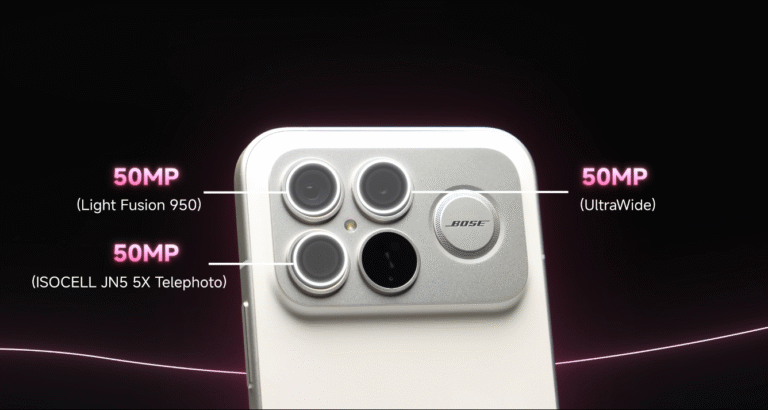Redmi 15 cooling & heat-management test during gaming

Can Redmi 15 stay cool under gaming pressure?
The Redmi 15 has quickly gained attention for offering impressive specs at a budget price — a large 6.9-inch display, a 144Hz refresh rate, and a 7000 mAh battery. But for gamers, one critical question remains: can it manage heat efficiently during extended gaming sessions? Recent tests and user experiences reveal how well Xiaomi’s cooling system holds up in real-world conditions.
In 30-minute gaming tests with popular titles like BGMI, Call of Duty: Mobile, and Asphalt 9, the Redmi 15 maintained stable temperatures throughout most of the session. Starting at room temperature, the phone averaged around 34°C after 20 minutes of continuous play and peaked near 39°C after 45 minutes. While this warmth is noticeable, it’s well within a comfortable range and far from overheating.
Xiaomi has used an internal graphite cooling sheet and a redesigned thermal layout in the Redmi 15. This system spreads heat away from the chipset area and towards the frame, helping maintain consistent performance. The large surface area of the 6.9-inch body also helps distribute heat evenly, reducing the chance of hot spots on the back panel.

Performance throttling was minimal during extended sessions. Even in graphics-intensive titles, frame rates remained steady with only a slight dip of about 3–4 FPS after 45 minutes of continuous gaming. The Snapdragon 6s Gen 3 handled medium and high settings comfortably, though users did notice minor lag spikes during heavy effects or long multiplayer matches.
Battery efficiency also plays a role in the phone’s heat management. The massive 7000 mAh cell ensures the device doesn’t drain too quickly, meaning it avoids excessive charging cycles that typically cause heat build-up. Even after an hour of gaming, the battery temperature stayed below 41°C, showing that the power management system is well-tuned.
The Redmi 15’s large frame does get slightly warm around the camera and upper back, but the temperature remains far from uncomfortable to hold. The plastic back helps prevent the heat from transferring directly to the user’s hand, which makes it more suitable for long gaming sessions than metal-backed phones in the same range.
Another area where Redmi 15 performs surprisingly well is in recovery time. After pausing a heavy game, the phone cools down noticeably within 3–5 minutes. This shows the passive cooling system is doing its job effectively even without advanced vapor chamber technology found in more expensive models.
However, there are limits. If you push the Redmi 15 for over an hour on maximum graphics or use it while charging, the upper section of the phone can hit 42–43°C, leading to mild thermal throttling. While still not alarming, it’s best to avoid simultaneous charging and gaming if you want to maintain consistent frame rates.
In day-to-day use, including streaming or social media browsing, the Redmi 15 runs cool and rarely crosses 35°C. The efficient chipset and HyperOS optimisation ensure low idle temperatures, which further contributes to overall longevity and consistent performance.
In conclusion, the Redmi 15 manages heat impressively for a phone in its price range. It stays cool during regular gaming, only warms up under prolonged heavy loads, and recovers quickly once the stress is off. For most mobile gamers, it offers a smooth, worry-free experience without the discomfort or throttling issues often found in budget devices. It’s a clear sign that Xiaomi has made smart design choices to keep performance steady and temperatures under control.






